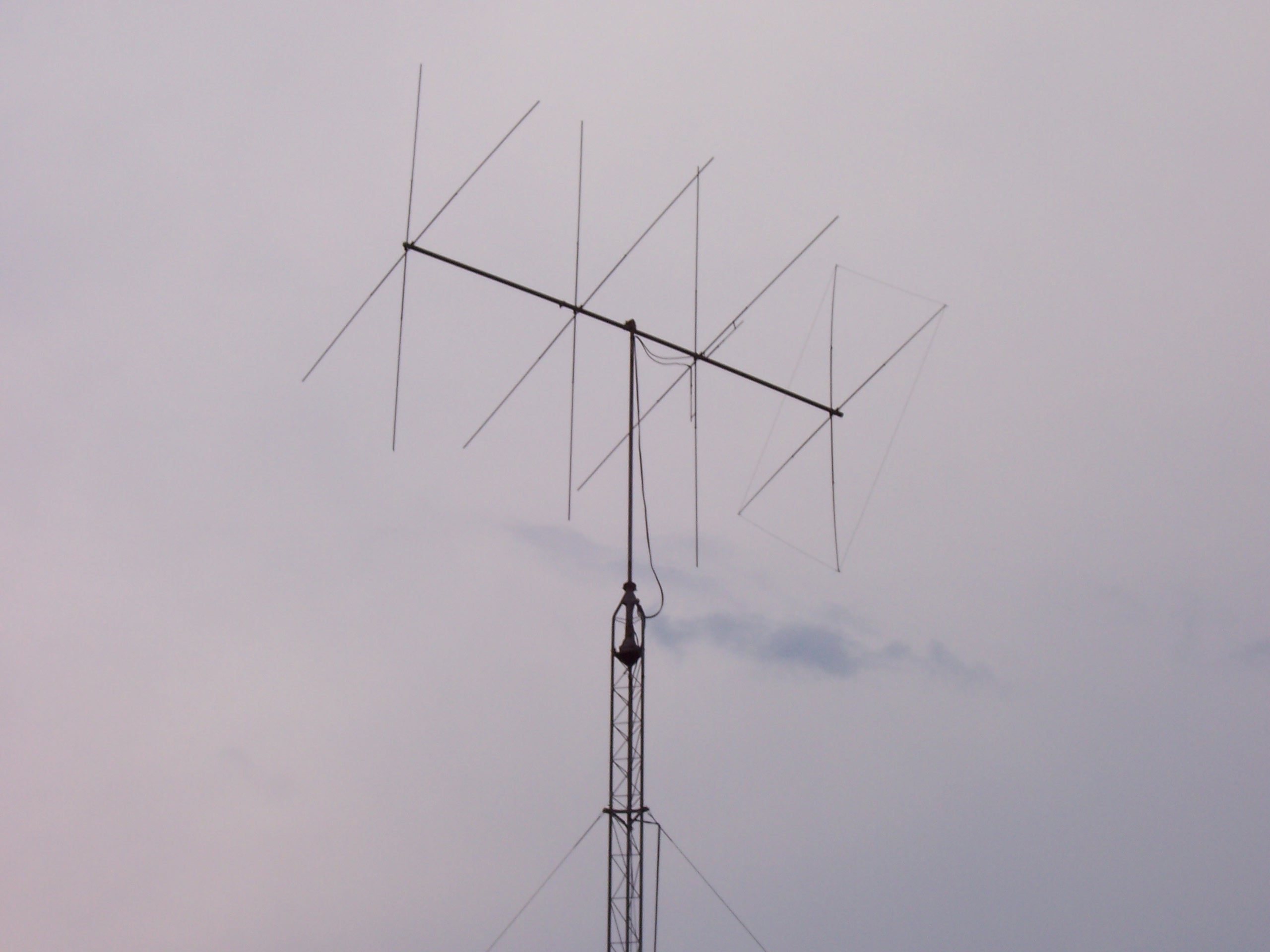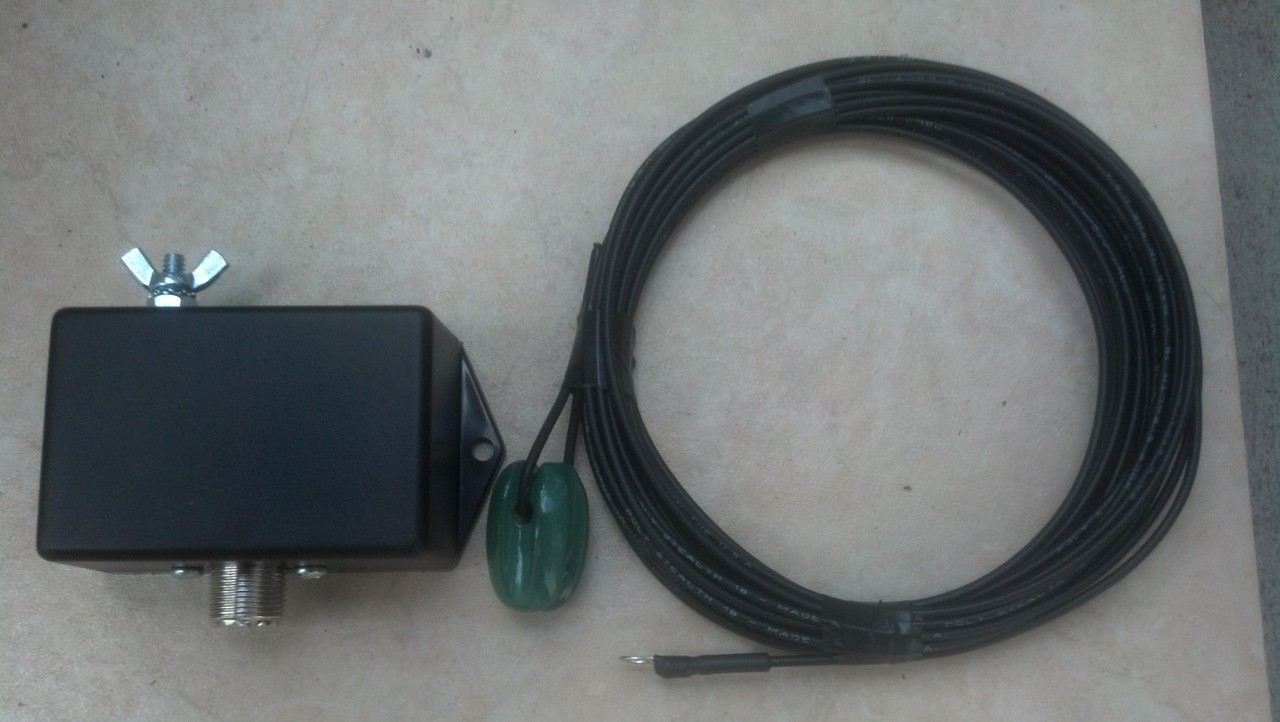
With only one contestant, Doug ZL2AOV, the outcome was pre-determined and Doug was awarded the Cup for his QRP SSB project. It’s interesting that Doug’s late father Frank (then Z2CD) won the Blackwood Cup back in 1931 with an Emergency Transmitter.

Branch 50 (Wellington) NZART – Known as the Wellington Amateur Radio Club

With only one contestant, Doug ZL2AOV, the outcome was pre-determined and Doug was awarded the Cup for his QRP SSB project. It’s interesting that Doug’s late father Frank (then Z2CD) won the Blackwood Cup back in 1931 with an Emergency Transmitter.
 In the September meeting Bob ZL2AVM recounted his experience in working at sea as a Marconi tech and then subsequently on the boats that brought “10 pound poms” to New Zealand. His talk last year on Cornwall and Marconi was very well received by members and this year’s was also well received.
In the September meeting Bob ZL2AVM recounted his experience in working at sea as a Marconi tech and then subsequently on the boats that brought “10 pound poms” to New Zealand. His talk last year on Cornwall and Marconi was very well received by members and this year’s was also well received.

John ZL2HD spoke at our Wednesday 17 August about the kinds of antennas, masts and towers that are permitted within the Wellington City boundaries.
John outlined efforts involved in trying to protect Amateur Radio interests in the face of city council moves to regulate the proliferation of cellphone towers and streetside cabinets.
The process has continued since 2010, when cellphone masts started proliferating. The council had no control over placement of antennas on the roadside utility corridor. Wellington has separate definitions for antennas and aerials in its District Plan – antennas are what telcos use, aerials are thin bits of wire that radio amateurs want. Masts are fine. Towers are something else again.
The upshot: “Masts or supporting structures of any height are permitted if they are below 102mm in diameter (guys don’t count so long as they’re not thick); “fatter things” (including lattice masts) cannot exceed 18m in height on a residential site, or rise beyond 5m above the “building profile.” The building profile is determined by a surface at 45 degrees to the horizontal starting two metres above the ground on the property boundary.
Rural sites have their own rules, seasides and ridgelines are special cases. Heritage areas are a separate problem. Existing installations survive (the cutoff being October 2013). Thin supporting structures are possible right up to the boundary, and trapped verticals are thin enough to be fine.
NOTE WELL: It is important that you check the city council’s rules and variations when planning to erect aerials, antennas, masts or towers.

At the July meeting (Wednesday 20 July 2016) members Frank ZL2TTS and Doug ZL2AOV gave brief 15 minute talks about their favourite wire antennas. Frank told us about his 40m and up dipole (20m long) fed by open wire feeders. He showed how the feeders were routed between the antenna and the shack, and material used for separating the wires and anchor points. Doug talked about his all band (80m and above) end-fed antenna (40m in length) fed by a balun and coax (with a good earth connection at the feed point).
The talks provided for some useful thinking about alternative antennas at city sites where installation of a collection of antennas – one for each band is simply not feasible.
These ideas (open wire feeders and end-fed antennas) provide a means of avoiding the problems of lossy small diameter traps or large diameter traps that tend to come to grief in Wellington winds. We can all bemoan the lack of sunspots … but nothing beats a better antenna in getting a contact!